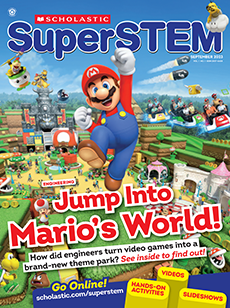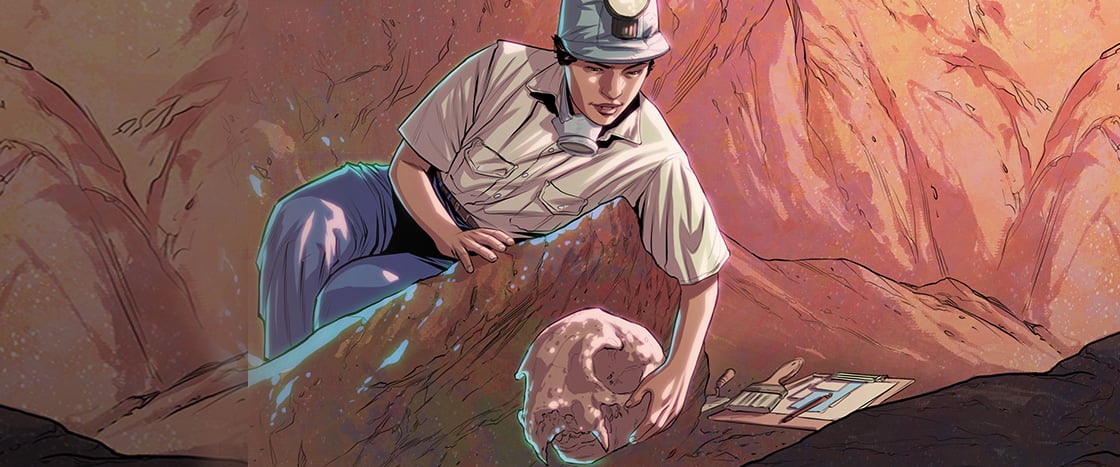JIM MCMAHON/MAPMAN ®
A dozen explorers set up camp near Gypsum Cave in January 1930. They were searching the cave system near Las Vegas, Nevada, for evidence of what lived there thousands of years ago. Bones, fossils, and artifacts are often preserved in caves. This is because of caves’ stable environment.
Each day, the explorers searched the cave for signs of ancient life. Over several weeks, they found preserved animal droppings, bones, and bits of human-made tools. Back at camp, the crew’s secretary organized the findings. She was a young Native American woman of Abenaki (a-buh-NAH-kee) and Seneca ancestry named Bertha Parker.
A dozen explorers set up camp in January 1930. They were just outside Gypsum Cave near Las Vegas, Nevada. They planned to search the cave system. They wanted to learn what lived there thousands of years ago. Bones, fossils, and artifacts are often preserved in caves. That’s because caves’ environments don’t change much over time.
The explorers searched the cave for several weeks. They looked for signs of ancient life. They found preserved animal droppings and bones. They also found bits of tools made by humans. The crew’s secretary organized the findings back at camp. Her name was Bertha Parker. She was a young Native American woman. She was of Abenaki (a-buh-NAH-kee) and Seneca ancestry.

